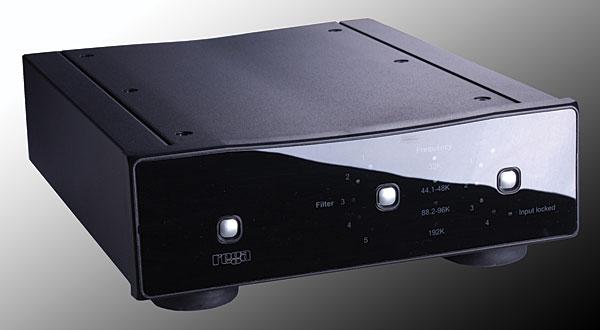| Columns Retired Columns & Blogs |
In both Sam Tellig's as well as John Atkinson's contributions some confusion on apodizing filters shows. Apodization is nothing more than windowing. Possibly the confusion originates from Peter Craven's proposal to use a very steep filter that completely stops frequencies of half the sample frequency (Nyquist frequency) or higher. For CD this requires a very steep filter, that introduces lots of pre-ringing or pre-echo if the filter is realised in the usual, linear way. To overcome this, Peter Craven proposed to have the steep filter, but in a minimum phase version, that only has post ringing or echo, which is psycho-acoustically to be preferred over pre-echo (which does not occur naturally). Now such filter is often named "apodizing" in short. "Apodizing and minimum phase" would be more exact and exclude confusion.
Products like Meridian 808i.2, Linn Klimax and Ayre C-5xeMP make good use of filters as proposed by Peter Craven, and in Stereophile reviews, these products were praised for their sonics. Now the amazement: in the Rega DAC there appears to be a preference for using an apodizing, but linear filter, whereas the minimum phase filters -apodizing or with a more gentle slope (like Ayre uses)- are not preferred. I really wonder why the minimum phase filters in some cases really make a difference, but apparently fail to do so in the case of the Rega DAC.
greetings, Mark






































